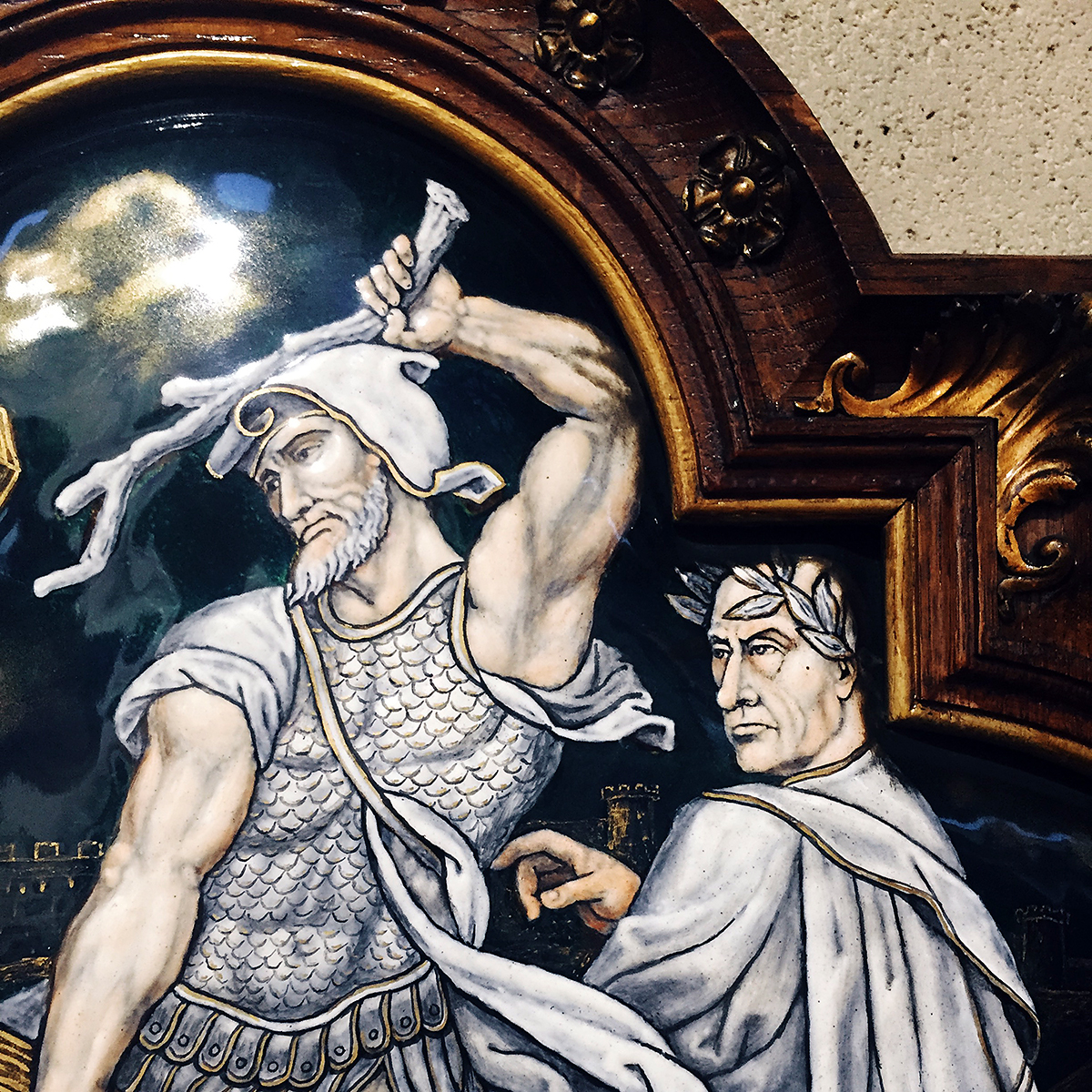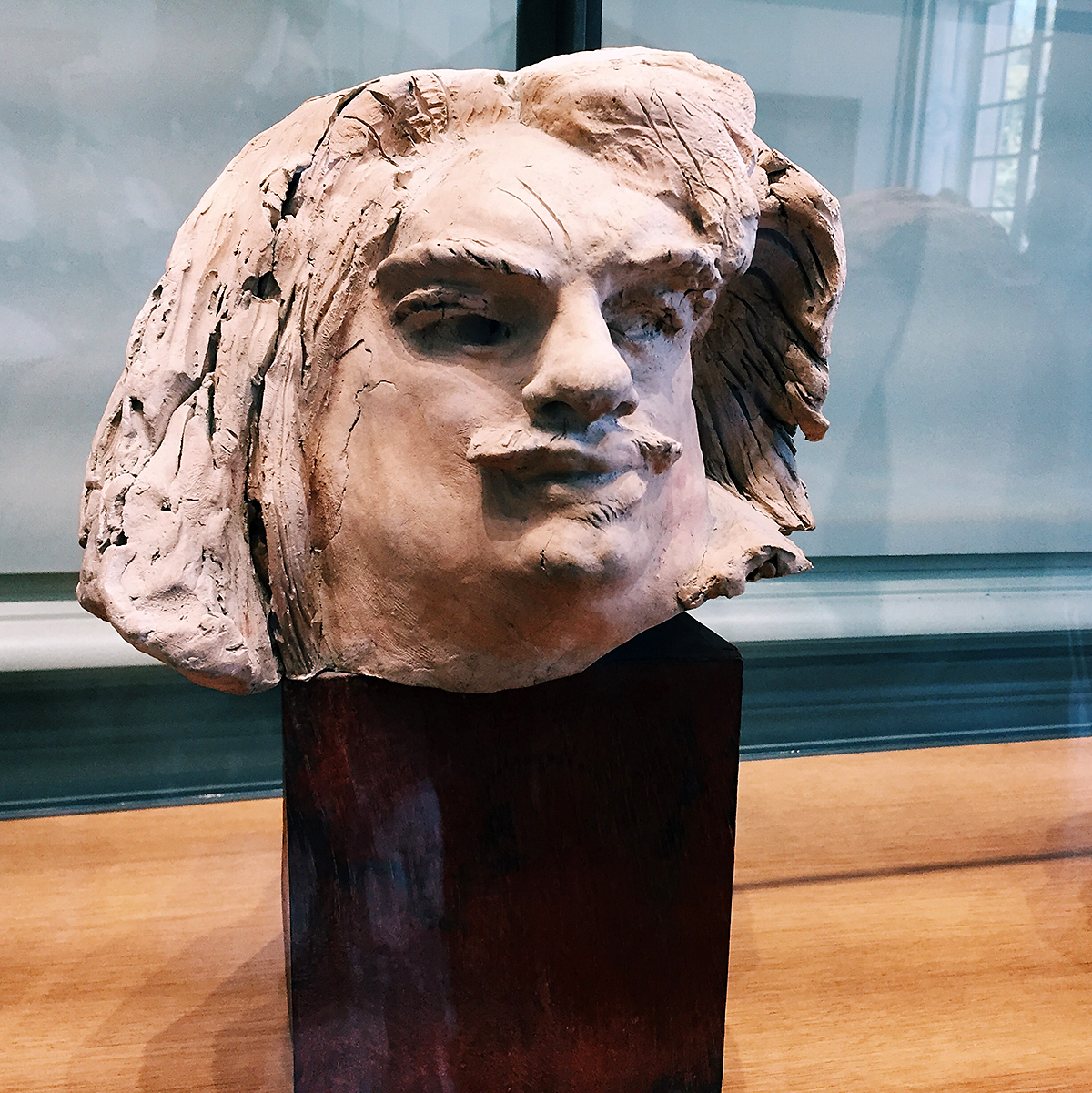9 September 2016 – Paris

Day 3. Headed west to go to Rodin museum, but spotted the late nineteenth century church of Saint-François-Xavier and stopped to look around. It appeared a suitable, sober, appropriate 19th century church and so, indeed, it proved. The lines were bright and clean, most of the artwork tasteful if mediocre – and I will admit to being charmed by the stations of the cross, of which the photo posted here is one example. We naturally failed to notice a Tintoretto, but there was a service in progress in the rear chapel and we were concentrating on being as unobtrusive as two people who unfailingly step on the creakiest floorboards can be.

The Rodin Museum, housed inside the 18th century Hôtel Biron, which Rodin rented as a studio once it had ceased being a girls’ school (oh, the lives of buildings!) consists of an interior exhibition and a sculpture garden containing late 20th century casts of the more notable pieces. The portrait sculpture was the most pleasing – such as this study for Balzac; Mahler and Père Eymard (who appeared to share a barber with Beckett), as well as different studies of Camille Claudel were also of interest. Studies for limbs – neat rows of tiny clay legs and arms – reminded me of votive offerings in a temple to Asclepius and formed a delightful contrast with fragments of antique sculpture from Rodin’s own collection. The monumental pieces, particularly when shown outside their intended groupings, reminded me of the frescos by John Singer Sargent at the Boston Public Library – sentimental, emotional, and rather dull. The museum as a whole reminded us, unfavorably, of the Parajanov museum in Yerevan – perhaps because it was the last museum we’d visited devoted to a single artist. There, from the elephant suitcase to the hand drawn playing cards from the Gulag, everything roused curiosity about Parajanov, and made one want to learn more. Here, from the blandly hagiographic portraits of the sculptor, to the half-thought out sketches for famous sculptures, one was left with the impression that Rodin was rather a dull dog – though a great promoter of his own work.
